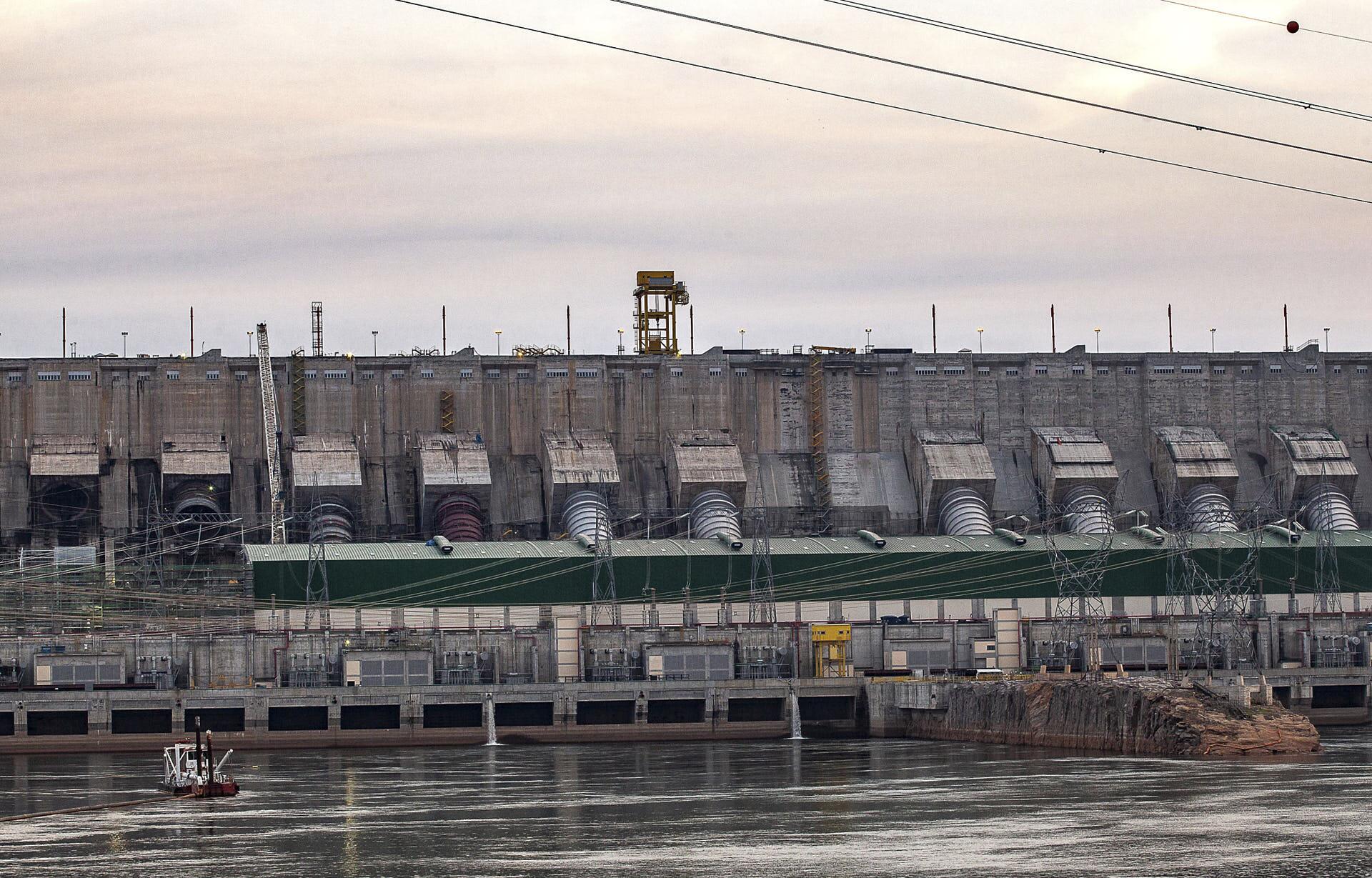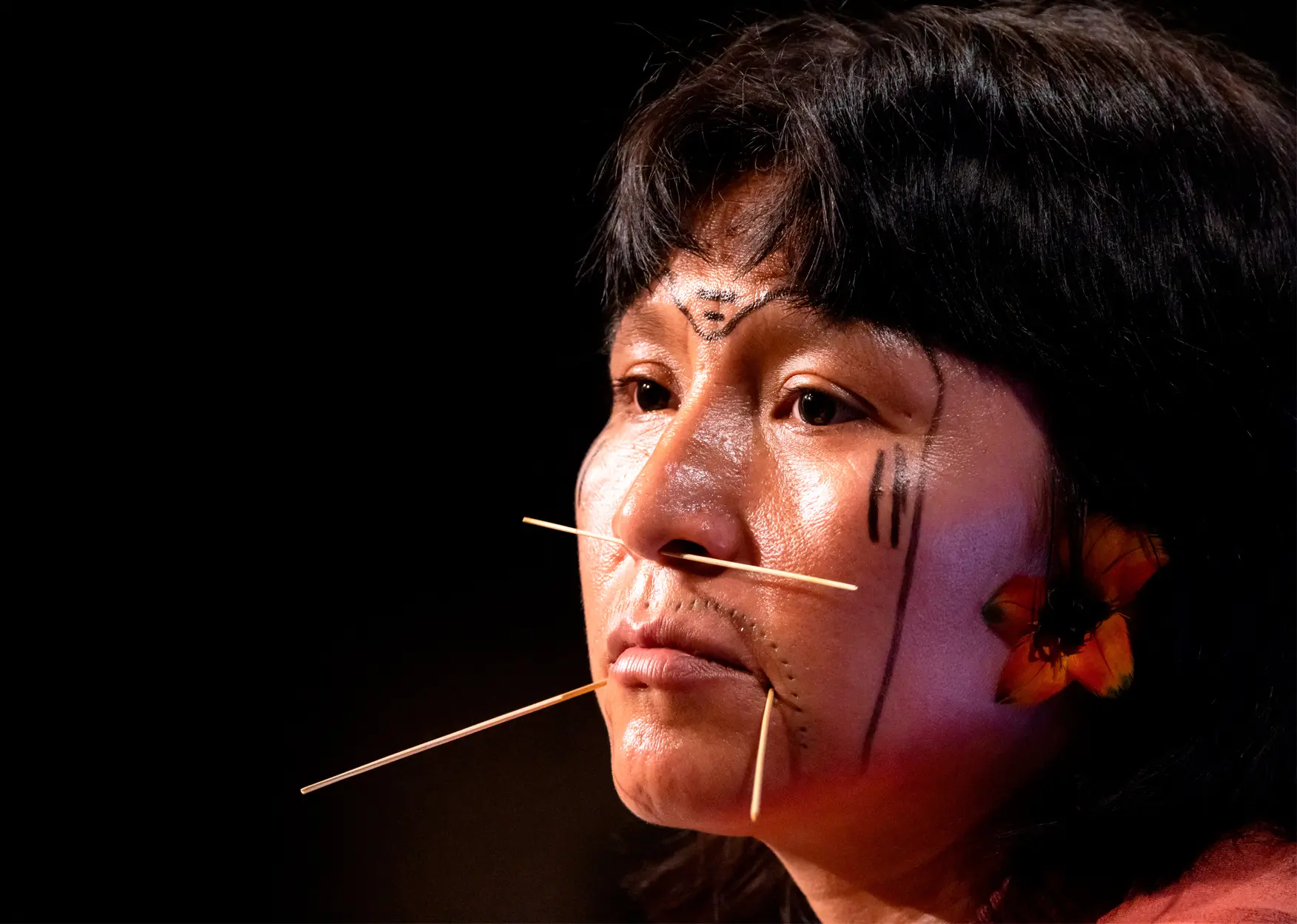This letter is addressed to the President of the Republic, Luiz Inácio Lula da Silva; the Minister of the Environment and Climate Change, Marina Silva; the President of the Brazilian Institute of the Environment and Renewable Natural Resources (Ibama), Rodrigo Agostinho; the minister of Indigenous Peoples, Sonia Guajajara; and the president of the National Foundation of Indigenous Peoples, Joenia Wapichana
We, the independent researchers who make up the Observatório da Volta Grande do Xingu (VGX) [Observatory of the Big Bend of the Xingu], welcome the declaration made by the elected government that it would examine the environmental crimes and crimes committed against the traditional peoples by the Bolsonaro government, so that the aforesaid crimes be duly investigated and those responsible for them punished. In particular, we highlight the illegal deforestation, the invasion of Indigenous Lands (ITs), the encouragement of illegal mining, the spreading of fake news and the neglect in relation to the pandemic along with the indiscriminate release of pesticides. These actions are still occurring as the Bolsonaro administration comes to an end.
In this context, we draw attention to the social and environmental impacts caused by the construction and operation of the Belo Monte Hydroelectric Power Plant (HPP) since 2011. In 2022, the Federal Supreme Court (STF) finally recognized that Belo Monte’s licensing had not observed the due process of law and was in direct violation of the Constitution. Specifically, there was no extensive public consultation, with the necessary clarification of potential socio-environmental impacts — many of them severe and hard to reverse — nor the necessary debate with society.
The indigenous and riverside populations affected were not consulted as provided for under the Constitution and as per the ILO’S (International Labor Organization’s) Convention No. 169 (Indigenous and Tribal People’s Convention) which Brazil is a signatory of. The public hearings held did not enable even a minimal participation of all the interested parties, especially the indigenous people living along the banks of the Xingu in areas that were directly and indirectly affected by the project.
Belo Monte’s complex licensing, involving the issue of the Preliminary License, the Installation License and the Operating License, was the target of 28 lawsuits by the Federal Public Prosecution Service as well as of complaints by non-governmental organizations and individuals, as well as being rejected by scientific societies. These licenses were issued with conditions that were never fully complied with, and were all given negative technical opinions by the analysts of the licensing body, Ibama. The negative opinions were due to the lack of feasibility in terms of socio-environmental conditions.
Examples of conditions that were not met include the urban sanitation of Altamira – without which the region is subject to sanitary collapse; the guarantee of survival of the Xingu’s floodable and aquatic ecosystems – without which more than 4,000 fishermen have had to cope with poverty and hunger since the end of the construction work; and the protection of indigenous lands, without which deforestation, illegal mining, and squatting have devastated almost all of the territories affected by Belo Monte’s construction and operation.
The consequences of these problems have had a catastrophic impact on the lands of the indigenous people, such as Trincheira-Bacajá, of the Xikrin people, Cachoeira Seca, of the Arara people, Apyterewa, of the Parakanã people, and the Ituna Itatá Indigenous Land, where there are isolated groups at risk of genocide. These lands have become the most deforested ones in Brazil in recent years.
It is necessary to recognize that on account of the fact that it went forwards without even the minimum conditions of socio-environmental feasibility viability, the Belo Monte Hydroelectric Power Plant project has caused ecocide and ethnocide, and has been a persistent driver of the Amazon forest’s devastation since it was first set up in the Xingu.
The eviction of the families that lived on the banks and islands of the Xingu River which were flooded by the hydroelectric power plant’s reservoir showed no respect for their way of life, imposing compulsory displacement orders without adequate assessment or fair negotiation. Many riverside families were moved away from the river and put on the outskirts of Altamira and in other urban environments, without decent housing. As a result, they lost their livelihoods, their means of subsistence, their ties of reciprocity and their autonomy. The extremely high levels of urban violence and youth suicides in the city of Altamira are the direct result of this measure.
The impacts on the food security of the riverside and indigenous populations that live in the Belo Monte hydroelectric power plant project’s direct and indirect area of influence were detected as early as 2013, during the plant’s construction phase. Ever since then, this impact has been getting worse, particularly with the creation of the reservoir as a result of the damming of the Xingu River in 2015. Nowadays, on average, the riverside dwellers are consuming 60% less fish than they did in 2010. In the case of the Juruna and Arara indigenous peoples, whose livelihoods and territories have been heavily affected by the diversion of VGX’s waters, these impacts once again harm the Federal Constitution.
The imposition, starting in 2020, of a hydrograph that implies the diversion of more than 70% of the VGX’s water in order to supply energy generation has left a stretch of more than 130 km of the river in a condition of semi-permanent drought, making the situation even more critical for the ecosystems and peoples who depend on the Xingu to exist and feed themselves. Therefore, what this hydrograph does is to impose on a continuous basis the impact of historical droughts that previously only occurred naturally at intervals of decades, with an impact on aquatic environments that is nearly impossible to mitigate or compensate for. Moreover, drought events of this type are projected to occur more intensely and more frequently in the Xingu basin over the next few decades, on account of the combined effect of the climate crisis and the increasing level of deforestation. As a result, the Belo Monte hydroelectric power plant’s operation is also expected to be affected by the Xingu River’s changing hydric regime and this is likely to intensify the already severe impacts on the VGX’s social-ecological systems.
At no time whatsoever was there any agreement on the part of the riverside and traditional peoples who have historically lived along this stretch of the VGX regarding the amount of water to be diverted on a month-by-month basis for power generation, defined by the operating company, Norte Energia, and ironically called the “Consensus Hydrograph”. IBAMA approved the hydrograph over the heads of the institution’s technical staff, who expressed their opposition to the proposal due to the impact on the region’s aquatic and floodable ecosystems.
This hydrograph implies the production of electric energy at an extremely high social and environmental cost, and is also being questioned by the riverside and indigenous communities as well as by the scientific community, because it makes it impossible to maintain the ecological processes that sustain biodiversity, fishing productivity, and the ways of life of the VGX’s traditional populations, by establishing a disproportional sharing of the Xingu’s water.
The socio-environmental effects resulting from the use of such a hydrograph outweigh any benefits mentioned in connection with hydroelectric power, such as its renewable nature and the low greenhouse gas emissions. It should also be borne in mind that these potential benefits of the hydroelectric power produced in Amazonian rivers have been questioned by scientific research. The concessionaire Norte Energia has been publicly challenged to show what ecological criteria were used in the proposal of the aforesaid hydrograph, but has not given any response.
Apparently, the volume of water remaining in the VGX represents only the surplus, in other words, the water that is “left over” after the diversion of the water needed in order for the turbines to operate at the capacity desired by the company. This hydrograph does not observe even the minimum conditions for the maintenance of life in aquatic and floodable environments, or the needs of the VGX’s indigenous residents and riverbank dwellers, who depend on the conservation of such ecosystems.
The annual cycles of flood and ebb provide periodic flooding of marginal lowlands and islands and generate an ample availability of habitats for plants and animals. These habitats provide an enormous supply of food (leaves, flowers, fruits, invertebrates, etc.) for the river fauna and are also suitable breeding grounds for a number of species that are of direct interest to the livelihoods of the VGX’s human populations. These environments, together with their biodiversity and bio productivity, have been progressively reduced and decharacterized with the implementation of the hydrograph for energy generation, with it being likely that this effect will get worse over time. A number of species of fish that are endemic to the Xingu’s rapids in the so-called Big Bend region will probably become extinct if the hydrograph is maintained.
Day after day, evidence is accumulating that the socio-environmental impacts caused by the construction and operation of the Belo Monte Hydroelectric Plant are a lot more numerous as well as much more intense and damaging than those predicted in the EIA/RIMA (Environmental Impact Study/Environmental Impact Report). This makes it necessary to review the hydrograph that is currently in use, as well as the mitigation programs for these impacts.
It should also be mentioned that there is the possibility of a gold extraction project being installed in the VGX, to be operated by the Canadian mining company Belo Sun. This project includes the construction of a processing plant and a toxic tailings dam on the banks of the VGX, the environmental impact of which will be in addition to the severe and still not yet fully known impacts of the Belo Monte hydroelectric power plant.
In our opinion, any government that it is really committed to conserving the Amazon and fighting the climate crisis is obliged to recognize the problems caused by the Belo Monte Dam and to fix the damage and impacts caused, which have exacerbated social inequality in the region. It is also the government’s duty to investigate, judge and punish all those involved in these crimes and injustices.
Therefore, this group of independent researchers, who work for highly renowned research institutions, that for the most part are based in the Amazon region, together with indigenous and riverside researchers who carry out participatory indigenous environmental monitoring in the VGX, with this letter hereby demand that the utmost attention should be given to the case of the Belo Monte hydroelectric power plant. It is our assessment that your election as president for a third term of office represents a vital opportunity to redress some of the problems caused by the construction and operation of the Belo Monte Dam.
We demand that the hydrograph for the operation of the Belo Monte Hydroelectric Plant be drawn up by an independent and impartial technical evaluation, with the participation of riverside and indigenous peoples, who know the region’s ecological cycles, in order to guarantee the maintenance of the social-ecological processes of the so-called Big Bend of the Xingu, including the culture, dignity and food sovereignty of its ancestral inhabitants.
We also recommend that the hydrograph be established in a gradual way, observing the Precautionary Principle, the ways of life and food sovereignty of the inhabitants of the VGX, and that it should be the product of a genuinely participatory process. It is our belief that there is no option that is democratic and which makes sense other than to prioritize the integrity of the Xingu ecosystem, a Brazilian heritage of global significance, together with the people who live in it and protect it, over private interests. In this way, we will achieve the maximum possible energy production that still guarantees the maintenance of the VGX’s social-ecological system.
We also recommend that an Advisory Board be set up in order to ensure a democratic and transparent environmental monitoring process, and that the Environmental Programs be run by indigenous and riverside associations, or with significant participation by such entities, rather than exclusively by consulting firms acting exclusively on behalf of business interests.
Mr. President, we hope that the new government will live up to the commitments that were made given in your historic speech at COP-27 in Egypt and to the agreement signed at the 15th United Nations Conference on Biological Diversity (COP-15), which was held in Montreal, in Canada. It is necessary to ensure that the environment is preserved in Brazil, particularly in the Amazon region, together with a development project that is indeed fair and equitable in its socio-environmental aspects, as a definitive way of providing a safe route towards a promising future for Brazilians and humanity.
Listen to the traditional populations of the Xingu River and the scientific community, and intercede so that the impacts of the Belo Monte Hydroelectric Power Plant can be properly mitigated. This necessarily includes removing the invaders, demarcation and effective territorial protection of all the Indigenous Lands affected by Belo Monte, strict compliance with all the socio-environmental constraints, the revision of the VGX’s hydrograph and treating the families affected by the Belo Monte Hydroelectric Power Plant decently.

ALTAMIRA, NOVEMBER 27, 2018: VIEW FROM THE TRANS-AMAZONIAN HIGHWAY OF THE DAM WHERE THE BELO MONTE HYDROELECTRIC POWER PLANT’S MAIN POWER STATION OPERATES. PHOTO: LILO CLARETO/AMAZONIA REAL
Signed:
Juarez Carlos Brito Pezzuti
Full professor at the Federal University of the State of Pará
Jansen Alfredo Sampaio Zuanon
Retired researcher from the National Institute for Research of the Amazon Region (INPA, in the city of Manaus, in the State of Amazonas)
Priscila F. M. Lopes
Associate professor at the Federal University of the State of Rio Grande do Norte
Camila C. Ribas
Researcher at the National Institute for Research of the Amazon Region (INPA, in the city of Manaus, in the State of Amazonas)
Helena Palmquist,
Anthropologist, advisor to the Observatory of Human Rights of Uncontacted and Recently Contacted Indigenous Peoples – Opi
Cristiane Costa Carneiro
Biologist, advisor to the Federal Public Prosecutor’s Office in the municipality of Altamira, in the State of Pará
Janice Muriel F. L. Cunha
Professor at the Institute of Coastal Studies at the Federal University of the State of Pará (in the municipality of Bragança)
Rodolfo Salm
Professor at the Federal University of the State of Pará (Biological Sciences Faculty in the municipality of Altamira)
André Oliveira Sawakuchi
Associate professor at the Institute of Geosciences of the University of São Paulo
Marcelo Camargo
Geologist, MSc from the Institute of Geosciences of the University of São Paulo
Josiel Juruna
Coordinator of the Indigenous Monitoring Program of the Big Bend of the Xingu
Translated by Mark Murray




